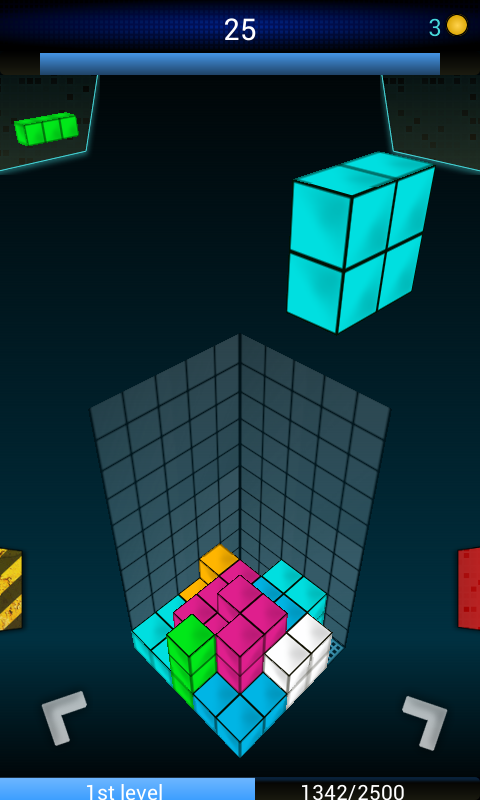

- Creating falling blocks in mathlab how to#
- Creating falling blocks in mathlab software#
- Creating falling blocks in mathlab code#
Thus, although no software running on Windows can attain truly deterministic, hard-real-time performance ( Ramamritham et al., 1998), such software can nevertheless deliver high (not perfect) temporal reliability. Recently, however, the performance of even a higher-level programming environment, specifically Matlab, has been demonstrated to be adequate for behavioral control at the one millisecond time-scale ( Meyer and Constantinidis, 2005 Asaad and Eskandar, 2008).

Too often, the transition towards different types of behavioral tasks strains the flexibility of these programs, and cumbersome workarounds layer successively upon one another. The strengths and weakness of each application reflect the types of behaviors studied at the time of their initial development. The creation and execution of these behavioral tasks relies upon a small range of applications that run on a relatively narrow range of software and hardware ( Hays et al., 1982 White et al., 1989–2008 Ghose et al., 1995 Maunsell, 2008). Programmatic Use Block Parameter:įor more information, see Rounding (Fixed-Point Designer).Interesting neural data are often the products of well-designed, psychophysically-rigorous behavioral paradigms. Equivalent toĪutomatically chooses between round towardįloor and round toward zero to generate roundingĬode that is as efficient as possible. Toward positive infinity and rounds negative If a tie occurs, rounds to the nearest even Rounds number to the nearest representable Rounds both positive and negative numbers Rule | 'Inherit: Inherit via back propagation'ĭefault: 'Inherit: Inherit via internal rule' Programmatic Use Block Parameter: OutDataTypeStr Inherit: Inherit via back propagation - Use data type of the driving block.
Creating falling blocks in mathlab how to#
Examples of how to use this block are available in the Signal Attributes library Data Type Propagation Examples block. To specify your own inheritance rule, use Inherit: Inherit via back propagation and then use a Data Type Propagation block. Tool to propose data types for your model. Use the simple choice of Inherit: Same as input.Įxplicitly specify a default data type such asįixdt(1,32,16) and then use the Fixed-Point If the internal rule doesn’t meet your specific needs for numerical accuracy or performance, use one of the following options:
Creating falling blocks in mathlab code#
It is not always possible for the software to optimize code efficiency and numerical accuracy at the same time.

If none of the word lengths provided by the target microprocessor can accommodate the output range, Simulink software displays an error in the Diagnostic Viewer.

If Unspecified (assume 32-bit Generic), i.e., a generic 32-bit microprocessor, is specified as the target hardware, the output data type is int32. For example, if the block multiplies an input of type int8 by a gain of int16 and ASIC/FPGA is specified as the targeted hardware type, the output data type is sfix24. If you change the embedded target settings, the data type selected by the internal rule might change. Inherit: Inherit via internal rule - Simulink chooses a data type to balance numerical accuracy, performance, and generated code size, while taking into account the properties of the embedded target hardware. Use this option to maintain compatibility with Simulink models In Simulink models but you can select it forĭiscrete-Time Integrator blocks in a library. This option for Discrete-Time Integrator blocks Present to provide backward compatibility. Set to an integration method, set initial conditions asīlock is in a triggered or a function-call subsystem and If the block is in a triggered or function-call Integration method, set initial conditions: If the block is in a non-triggered subsystem and State name must resolve to Simulink signal object.Lock output data type setting against changes by the fixed-point tools.Ignore limit and reset when linearizing.Behavior in an Enabled Subsystem Inside a Function-Call Subsystem.Behavior in Simplified Initialization Mode.


 0 kommentar(er)
0 kommentar(er)
